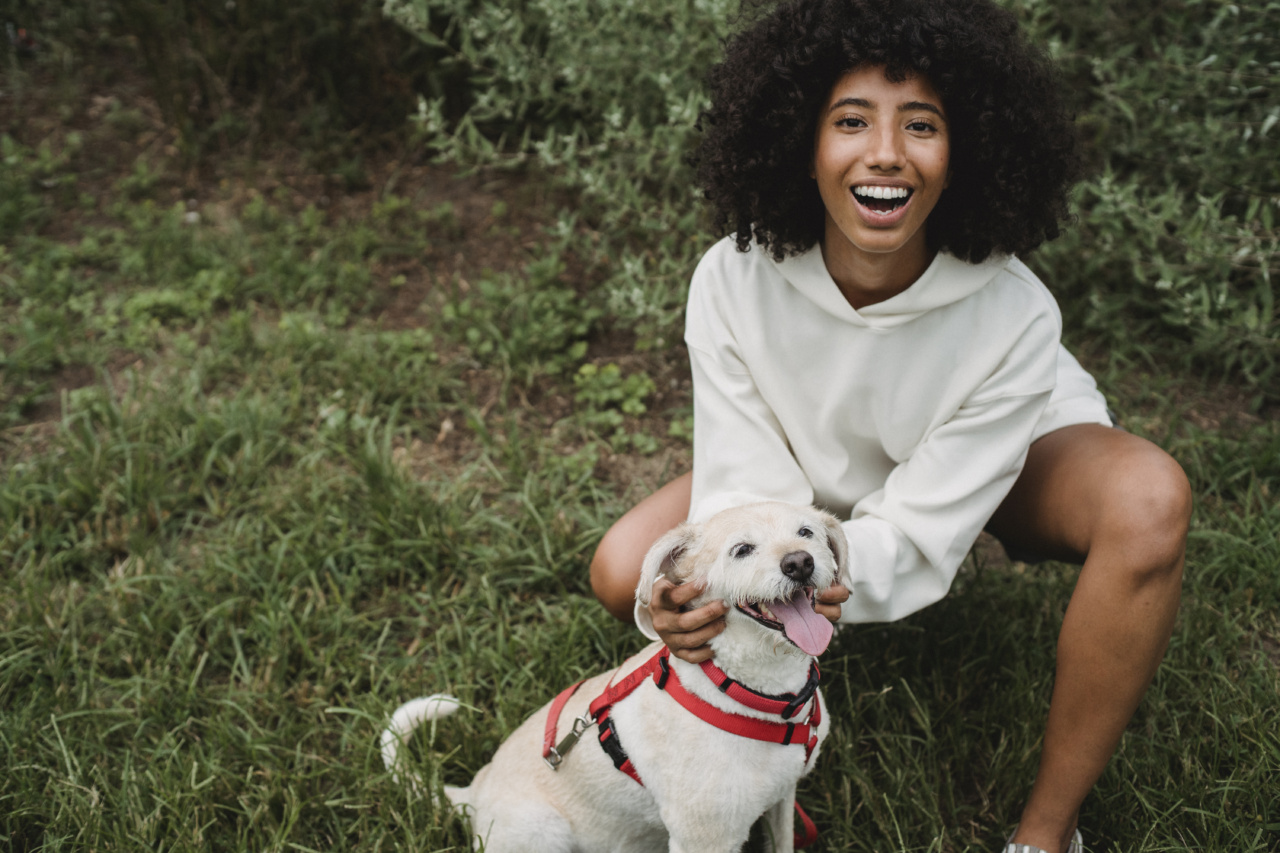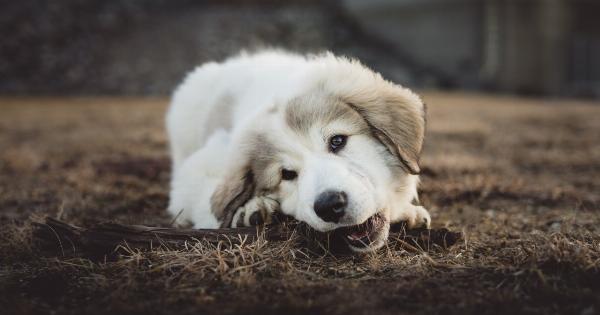Many dog owners have experienced the frustration of their furry friend constantly chewing on their leash. Not only does this behavior damage the leash, but it can also be a safety concern if the dog manages to break free.
If you’re struggling with this issue, don’t worry, you’re not alone. In this article, we will explore some effective tips to help you stop your dog from chewing on their leash.
Understanding the Reason Behind Leash Chewing
Before we dive into the tips, it’s essential to understand why dogs chew on their leashes in the first place. Here are a few common reasons:.
1. Teething:
Just like human babies, puppies also go through a teething phase. Chewing on objects, including leashes, can help relieve their teething discomfort.
2. Boredom:
Dogs need mental and physical stimulation. If they aren’t getting enough exercise or mental stimulation, they might resort to chewing on their leash out of boredom.
3. Anxiety or Stress:
Dogs may chew on their leash as a way to cope with anxiety or stress. This behavior can provide them with a sense of comfort and security.
4. Attention-seeking:
Sometimes dogs chew on their leash to get their owner’s attention. If they’ve learned that leash chewing leads to a reaction from their owner, they may continue the behavior.
5. Lack of Training:
Dogs need to be taught appropriate behaviors. If leash chewing hasn’t been addressed during their training, they may not understand that it is unacceptable.
Effective Tips to Stop Leash Chewing
1. Provide Appropriate Chew Toys and Treats
One of the easiest ways to redirect your dog’s chewing behavior is by providing them with appropriate chew toys and treats. Make sure these toys are enticing and durable.
Opt for toys that are specifically designed for teething puppies, as they offer relief to their sore gums. Additionally, consider using treat-dispensing toys that keep your dog engaged for extended periods.
2. Increase Exercise and Mental Stimulation
A tired dog is less likely to engage in destructive behaviors such as leash chewing. Ensure that your dog is getting enough exercise every day to burn off excess energy. Engage them in activities like brisk walks, play fetch, or even agility training.
Mental stimulation is equally crucial, so provide puzzle toys or engage in brain-teasing games.
3. Provide Positive Reinforcement Training
Using positive reinforcement techniques can effectively discourage leash chewing. When you’re out on a walk and your dog doesn’t chew on the leash, reward them with verbal praise, treats, or both.
Associating good behavior with rewards promotes positive learning and encourages your dog to repeat that behavior.
4. Use a Bitter or Non-Toxic Spray
There are bitter sprays available in pet stores that are designed to deter dogs from chewing. These sprays have a strong taste dogs dislike, making them less likely to chew on the leash.
Before using any product, make sure it is safe for dogs and does not contain any toxic ingredients. Always consult with a veterinarian before trying any new products.
5. Practice desensitization
Desensitization techniques can be useful in addressing leash chewing caused by anxiety or stress. Gradually expose your dog to the leash while providing positive reinforcement in the form of treats and praise.
Start by leaving the leash on the ground and let your dog sniff and investigate it without being restrained. Slowly progress to holding the leash while your dog remains calm, rewarding them for maintaining calm behavior.
6. Avoid Reinforcing the Behavior
If your dog starts chewing on their leash, it’s essential not to reinforce the behavior. Avoid yelling, tugging, or getting frustrated, as this might inadvertently reinforce the chewing behavior by providing attention.
Instead, calmly redirect their attention to an appropriate toy or treat.
7. Teach “Leave It” and “Drop It” Commands
Teaching your dog the “leave it” and “drop it” commands can help in situations when they start chewing on the leash.
With consistent training, you can redirect their focus and encourage them to let go of the leash when commanded.
8. Seek Professional Help
If the leash chewing behavior persists despite your efforts, it may be beneficial to seek professional help from a certified dog trainer or behaviorist.
They can assess the underlying causes and provide specialized training techniques to address the behavior.
9. Use Anti-Chew Products
Some dogs are persistent chewers, and in such cases, it may be necessary to use anti-chew products specifically designed for dog leashes. These products often have a covering or coating that renders them unappealing to chew on.
Alternatively, you can consider using materials such as chain leashes that are less likely to be damaged by chewing.
10. Be Consistent and Patient
Changing any undesirable behavior takes time and consistency. It’s important to remain patient throughout the process and understand that your dog’s chewing habit won’t be corrected overnight.
With dedication and positive reinforcement, your furry friend will gradually learn to stop chewing on their leash.






























